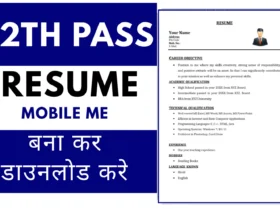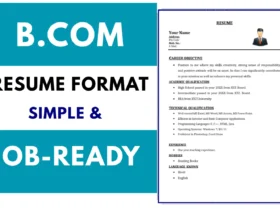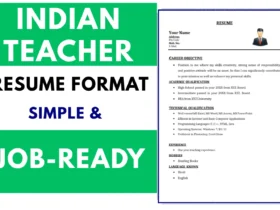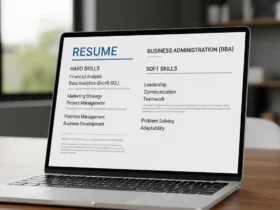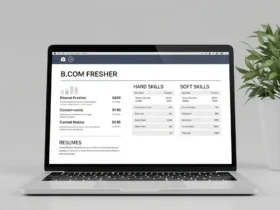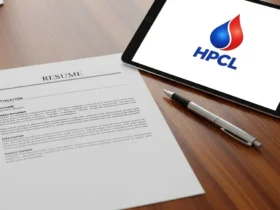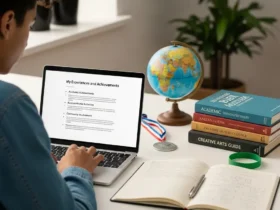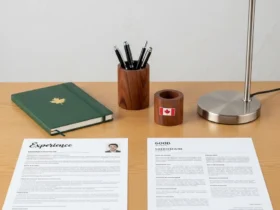Navigating the job hunt in the Philippines can feel like a vibrant, bustling journey, much like a commute on EDSA during rush hour. You know where you want to go, but getting there requires careful planning and the right vehicle. In the world of job applications, your resume is that vehicle. A well-crafted resume is your golden ticket, often the first and sometimes only impression you make on a potential employer. It’s more than just a list of your past jobs; it’s a strategic marketing document that highlights your unique value, skills, and experiences. For job seekers across the archipelago, understanding what makes a resume stand out in the competitive Filipino job market is paramount.
This guide is designed specifically for you, the Filipino job seeker, aiming to demystify the art of resume writing. We’ll explore the nuances of what local employers look for, provide practical career tips Philippines, and walk you through the process of creating an effective resume writing that opens doors. From understanding the core resume structure Philippines to making your document an ATS-friendly resume, we’ll cover everything you need to boost your job application success. Let’s prepare your resume to shine brightly, like a parol during Christmas.
Filipino Job Market
The Philippine job market is dynamic, influenced by both global trends and unique local characteristics. Industries like BPO (Business Process Outsourcing), IT and Tech, Healthcare, Retail, and Hospitality are consistently hiring, each with specific requirements and expectations. What HR professionals in the Philippines look for often goes beyond technical skills.
While competence is key, cultural fit, strong communication abilities, and a proactive attitude are highly valued. Employers appreciate candidates who demonstrate reliability, a willingness to learn, and the ability to work well within a team—qualities deeply rooted in Filipino work culture.
One common resume pitfall for Filipino applicants is using a generic, one-size-fits-all approach. Sending the same resume to every company, regardless of the role or industry, rarely yields good results. Another mistake is failing to quantify achievements; instead of simply listing duties, show the impact you made. For example, instead of “Managed customer inquiries,” try “Resolved 50+ customer inquiries daily, improving customer satisfaction scores by 15%.” Overlooking these details can mean your application gets lost in a sea of applicants.
The importance of tailoring your resume for local companies cannot be overstated. A resume for a BPO company might emphasize English proficiency and customer service skills, while an IT firm would prioritize specific programming languages and project experience. Understanding these subtle differences is your first step towards creating a professional resume example that truly resonates.
A Look at a Sample Philippine Resume Structure
While a full sample resume isn’t provided here, envision the following structure to guide your creation:
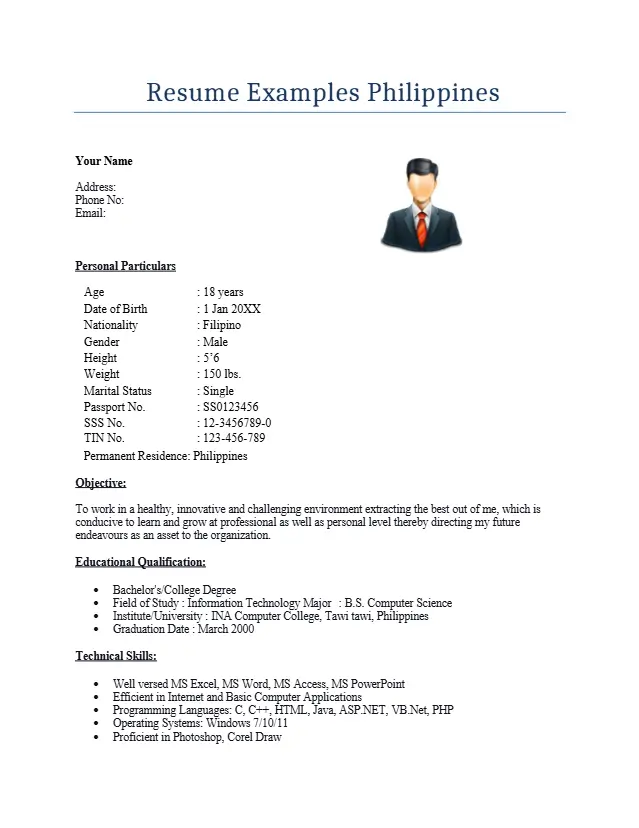
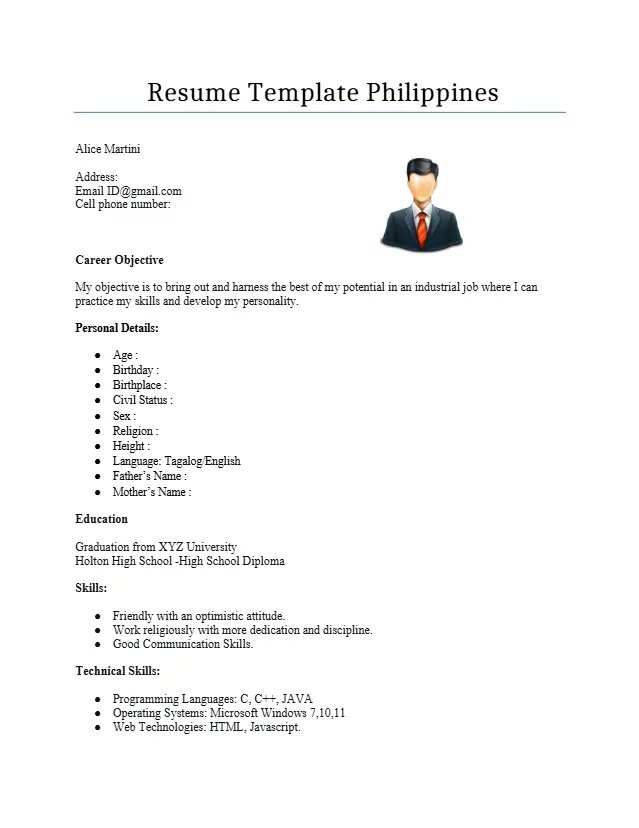
👉 Download Link: [Get Here]
You can:
- Fill it in Adobe or any PDF app
- Print it on clean A4 paper
This structured approach ensures that your resume is not only comprehensive but also strategically designed to meet the expectations of Philippine employers. Each section plays a vital role in painting a complete picture of your professional capabilities and potential contributions.
The Anatomy of an Effective Filipino Resume
Building a powerful resume is like constructing a sturdy bahay kubo; each part plays a crucial role in its A well-structured resume is your personal marketing document. For the Philippine context, certain elements take on particular significance.
Contact Information
This section should be at the top of your resume, clear and concise.
- Name: Your full legal name.
- Contact Number: A Philippine mobile number is standard. Ensure it’s active and you’re reachable.
- Email Address: A professional-looking email address (e.g., firstname.lastname@email.com) is far better than a casual one.
- Location: Your city and province are sufficient (e.g., Quezon City, Metro Manila). A full street address is generally not required for initial applications and can even be omitted for privacy.
- LinkedIn Profile (Optional but Recommended): Include a link to your professional LinkedIn profile if it’s updated and showcases your skills and network.
Professional Summary or Objective
For fresh graduates or those new to the workforce, a Career Objective briefly states your career aspirations and what you hope to contribute. For experienced professionals, a Professional Summary (also known as an Executive Summary or Profile) is more appropriate. This is a 3-4 sentence paragraph that highlights your key qualifications, years of experience, and most relevant skills. It should immediately grab the recruiter’s attention and compel them to read further.
For instance, a summary might state: “Highly motivated BPO professional with 5 years of experience in customer service and team leadership, adept at improving client satisfaction metrics and streamlining operational workflows. Seeking to leverage proven communication and problem-solving abilities to contribute to a growth-oriented organization.”
Work Experience
This is arguably the most scrutinizing section. List your past jobs in reverse chronological order, starting with your most recent role. For each position, include:
- Job Title: Be precise.
- Company Name:
- Location: City/Province.
- Dates of Employment: Month and year.
- Key Responsibilities and Accomplishments: Use action verbs and quantifiable achievements wherever possible. Instead of “Responsible for sales,” write “Exceeded quarterly sales targets by 15% for three consecutive quarters.” For fresh graduates, On-the-Job Training (OJT) or internships are highly valued and should be detailed here, emphasizing the skills gained and projects completed.
Education
In the Philippines, academic background holds considerable weight.
- Highest Degree/Course: (e.g., Bachelor of Science in Accountancy).
- University/College Name: (e.g., De La Salle University, Pamantasan ng Lungsod ng Maynila).
- Graduation Date: Or expected graduation date.
- Honors/Awards: (e.g., Cum Laude, Dean’s Lister) if applicable.
- For those who completed the K-12 system, indicate your Senior High School strand if it’s relevant to the job, but generally, college education is the primary focus.
Skills
Divide your skills into relevant categories:
- Technical Skills: (e.g., Software proficiency like MS Office Suite, SAP, specific programming languages, graphic design tools).
- Soft Skills: (e.g., Communication, teamwork, problem-solving, adaptability, time management). These are highly regarded in the Philippine workplace.
- Language Proficiency: English is a given for many roles, but proficiency in Tagalog (Filipino) and other local dialects, or even foreign languages, can be a significant advantage, particularly in customer-facing roles or international organizations.
Awards and Recognition (Optional)
Any accolades from school or previous jobs can bolster your application. This includes academic honors, employee of the month, or project achievement awards.
References
It is customary in the Philippines to include “References available upon request” rather than listing specific contacts directly on the resume. This protects the privacy of your references until they are truly needed.
A Filipino Job Seeker’s Advantage
Crafting a resume that resonates locally goes beyond just structure; it involves an awareness of cultural expectations.
Professionalism and Personal Touch
While Filipino culture often values close personal relationships, a professional resume should maintain boundaries. Generally, avoid including personal details such as marital status, age, or a photograph unless explicitly requested by the employer, as these can sometimes lead to unconscious bias. A clean, professional appearance of the resume itself conveys professionalism. Focus on your qualifications and what you can bring to the role.
Language
Most corporate and professional roles in the Philippines require resumes written in English. Ensure your English is grammatically correct and fluent. While Tagalog is the national language, very few professional resumes are submitted solely in Tagalog, except perhaps for roles in local government units or media where Tagalog proficiency is paramount. For multinational companies or BPO firms, impeccable English is not just preferred, it’s a fundamental requirement.
Formatting and Presentation
A well-organized and aesthetically pleasing resume signals attention to detail.
- Length: Aim for one to two pages. Fresh graduates typically stick to one page, while experienced professionals might extend to two. Anything longer may not get a full read.
- Font: Choose professional, easy-to-read fonts like Arial, Calibri, or Times New Roman, typically in size 10-12 for body text.
- Consistency: Maintain consistent formatting for headings, bullet points, and dates throughout the document.
- File Format: Always save your resume as a PDF file when submitting online, unless the application specifically requests another format. This ensures your formatting remains intact regardless of the viewer’s system.
Avoiding Common Pitfalls
- Generic Resumes: A one-size-fits-all resume rarely works. Tailor each application to the specific job description.
- Typos and Grammatical Errors: These are immediate red flags. Proofread meticulously and consider asking a trusted friend or mentor to review it.
- Irrelevant Information: Every piece of information on your resume should contribute to showcasing your suitability for the job.
- Exaggeration: Be honest about your experiences and skills. Philippine employers value integrity.
Crafting Your Resume Sample Philippines: Practical Tips
Building an impactful resume is an ongoing process of refinement. Here are some actionable tips to help you shine.
Tailor for Specific Roles
This cannot be overstated. Read the job description carefully and identify keywords, required skills, and responsibilities. Then, customize your resume to reflect those elements. If the job description for a Marketing Assistant seeks “social media management experience” and “content creation skills,” ensure those phrases and your related achievements are prominent on your resume.
This shows the employer you’ve done your homework and are genuinely interested in their position, not just any position. For example, if applying for a BPO role, highlight your communication skills, ability to work rotating shifts, and customer service experience; for an IT position, focus on specific programming languages, project management tools, and relevant certifications.
Keywords for Applicant Tracking Systems (ATS)
Many companies in the Philippines, especially larger corporations and multinational firms, use Applicant Tracking Systems to screen resumes before human eyes see them. These systems scan for keywords relevant to the job. By integrating these keywords naturally into your experience, skills, and summary sections, you increase the likelihood of your resume passing the initial digital gatekeeper. Look for recurring terms in the job posting and incorporate them appropriately.
Proofreading is paramount
After you’ve drafted and tailored your resume, step away from it for a few hours, or even a day. Then, return with fresh eyes to proofread for any spelling mistakes, grammatical errors, or formatting inconsistencies. Even better, ask someone else to review it. A second pair of eyes can often catch errors you’ve overlooked. A flawless resume demonstrates professionalism and attention to detail – qualities highly valued in any Philippine workplace.
Online Presence
In today’s digital age, your online professional presence is an extension of your resume. Ensure your LinkedIn profile is updated, consistent with your resume, and portrays a professional image. Many recruiters in the Philippines use LinkedIn to source candidates and verify information.
If you have an online portfolio (for creative roles), a personal website, or even a professional blog, consider including a link to it, provided it adds value to your application. A strong, cohesive professional brand across all platforms enhances your credibility.
Your Path to a Brighter Career in the Philippines
Crafting an effective resume is a skill that improves with practice and attention to detail. By understanding the unique demands of the Filipino job market, structuring your resume strategically, and tailoring it for each opportunity, you significantly boost your chances of securing that dream job. Remember to focus on your achievements, customize your content for an ATS-friendly resume, and always proofread meticulously.
Your resume is more than just a document; it’s a testament to your potential and a reflection of your professional dedication. With these career tips Philippines, you are well-equipped to create a resume sample philippines that not only stands out but also paves the way for a fulfilling and successful career journey. Apply these strategies with confidence, and good luck on your job search!

